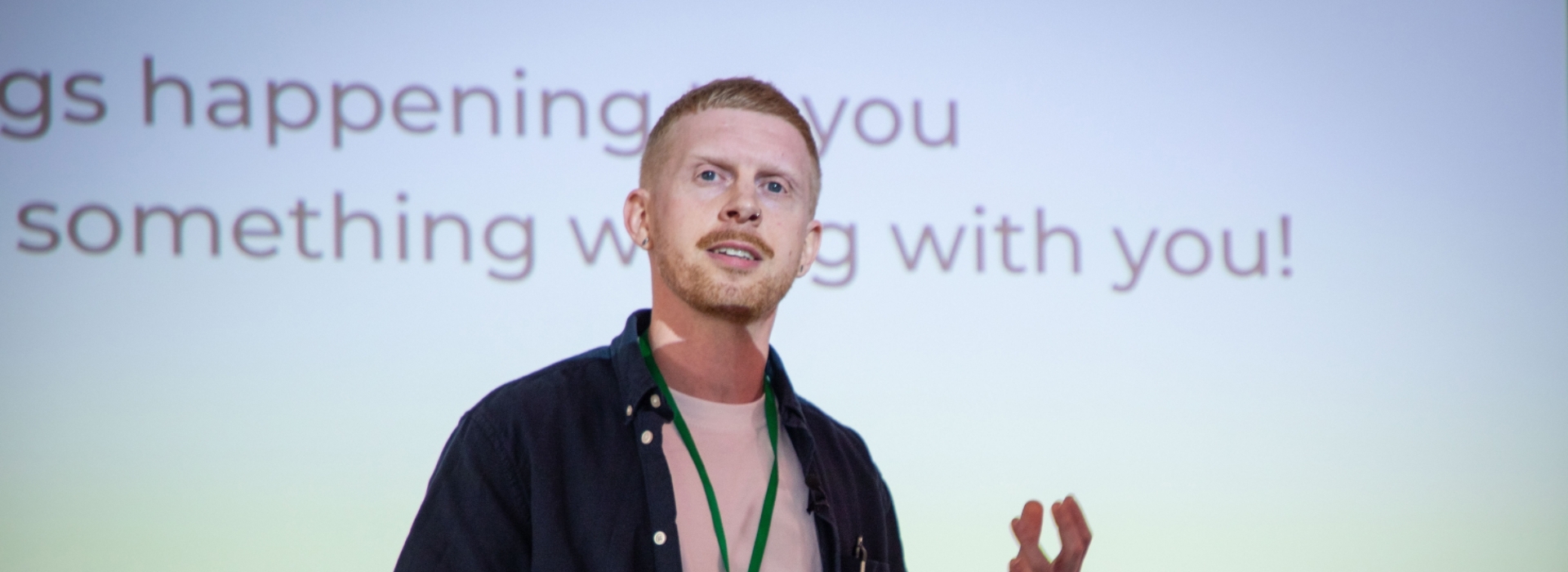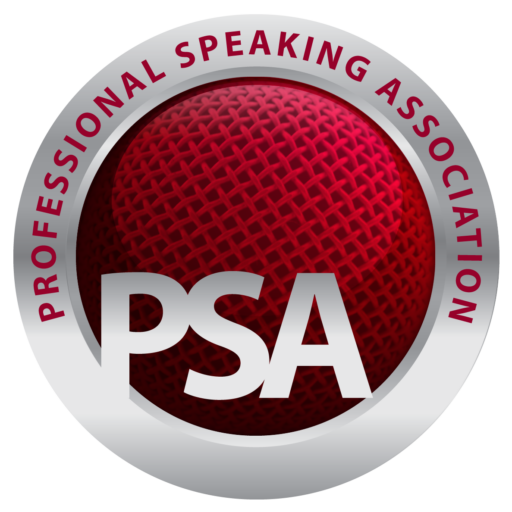
How to Market Yourself as a Speaker – Part One
7th January 2023 | By Charlie Whyman
It doesn’t matter if you’re at the start of your speaking journey or you’ve been doing it for years – marketing is an essential activity for any speaker, and almost everyone has their own opinion on what’s considered ‘good marketing’.
For me, ‘good marketing’ is marketing that works and isn’t a chore. In two articles, I’d love to share with you some insights to help you understand how to market yourself as a speaker so that you can get the gigs YOU want AND have fun whilst doing it! In fact, the OTTER is going to show you the way. (Keep reading, and all will become clear.)
Before we go into the detail, let’s explore a few key guidelines to help you avoid a lot of the stress, overwhelm and confusion I hear a lot of speakers experience when talking about their marketing.
- What works for one speaker isn’t going to work for every speaker
- Focus on what you need to do and not what other people tell you that you should be doing
- It’s not perfection you’re aiming for, it’s consistency, and progress will beat perfection every time
- If speaking is only one part of what you do, then you will need to be really clear and focussed on specific marketing activities as it will typically require a different focus to what you’re used to
So, let’s dive into the first thing every speaker needs to do before doing any marketing, and that’s:
Set Objectives
Try as hard as you can to resist the temptation to get stuck into the tactical side of marketing, such as writing content, recording videos and publishing it everywhere you can think of. The more time you invest in thinking about your objectives, the more you’ll get out of your marketing in the long term, and the more focussed you’ll be.
Think about:
- who your target audience is for your speaking business. Who is the person that you need to start a conversation with in order to get the speaking gigs you want?
- what type of speaking gigs you’re after? Audience size, speaker fee etc…
- how often do you want to speak, and where do you want to speak?
Once you know what you’re working towards and what’s important to move your speaking business forward, it will be easier to decide what type of marketing you want to invest your time, energy and budget (if you have one).
Then decide what marketing tools you are going to use
There are tens of thousands of marketing tools out there, and it’s always more exciting to try a new one than it is to improve one you’re already using, so try and avoid this temptation.
There are 3 different types of marketing tools available to you:
- Functional Marketing Tools – things that have a function such as software, social media platforms, blogs, your phone for recording video etc
- Valuable Marketing Tools – also known as marketing assets that have value, such as case studies, testimonials, blog articles, video content, thought leadership and PR features. Your LinkedIn profile is a valuable asset because you can use it as a landing page to attract the people that would typically hire you as a speaker
- Resourceful Marketing Tools – this is where the PSA comes in handy because, as a member, you have access to a huge amount of resources such as experienced speakers that can share their learnings, people that see you speak and can refer you and/or give you testimonials, regional events where you can apply to speak or do a showcase and more. Also, think of your existing customers as resourceful marketing tools that can introduce you to others, re-book you and more.
I recommend keeping a marketing tools database so you know what you have access to already and can pick out assets as and when you need them. Using everything at once is impossible, so only focus on what you need.
The key to choosing the right marketing tools is to focus on places your target audience hangs out (LinkedIn has always been the best online tool for me as well as industry-specific events) and the types of marketing tools you prefer to invest your time in creating and using.
A good activity to carry out is to look at what your target customers listen to, watch and read so that you can pitch yourself as a guest contributor and put yourself in front of an established audience rather than have to build it yourself from scratch.
Ninja Tip: As speakers, we are usually in front of a camera or stage. Record yourself speaking (a valuable marketing tool) and then use that video to create other marketing assets such as audiograms, short video snippets, transcribe it into a blog (or two) or even create a podcast out of it.
That’s probably enough for you to be getting on with for now. I’ll share the next steps in my next article.
In the meantime, connect with me on LinkedIn or visit my website.

Join the community
Be part of a thriving community of business leaders and professional speakers
Reasons to join the PSA
- Supportive community
- Learn from others
- Join an one of our 15 regional centres
- Meet like minded people

Get updates on PSA events
Newsletter signup
"*" indicates required fields
